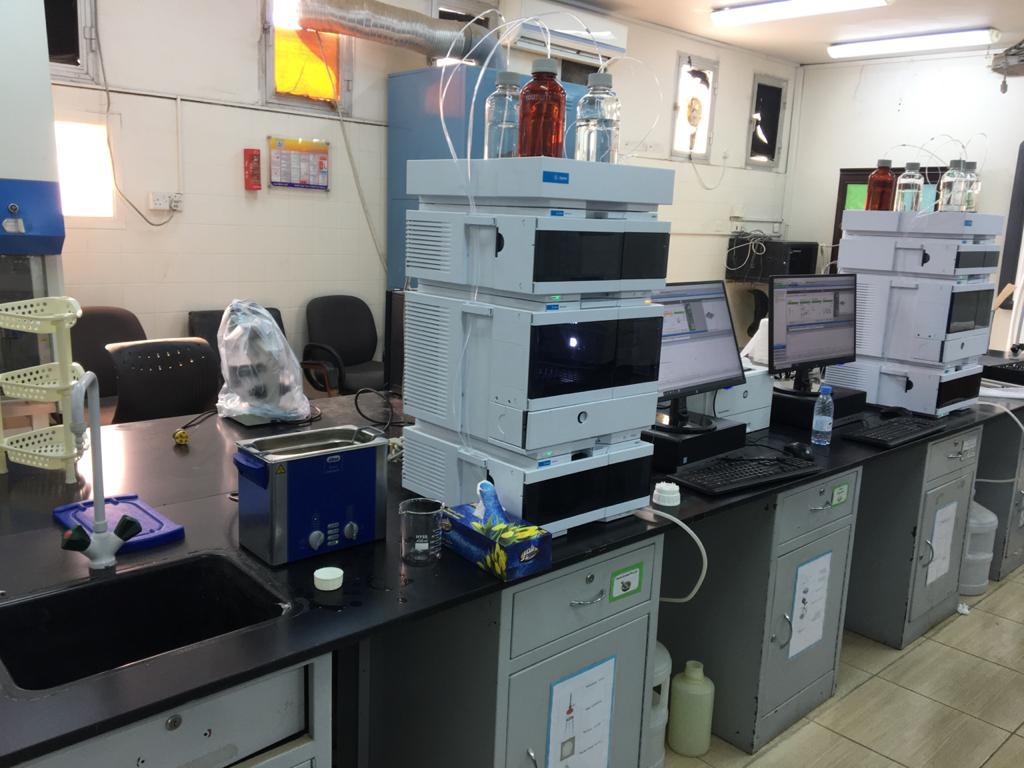
First: Research unit at the university in the field of bee science, breeding and honey production:
It is an educational research unit equipped with all modern tools and devices that serve scientific research in the field of honeybee breeding and products, and consists of a building equipped with laboratories equipped with the latest modern technologies in the analysis of honeybee products and biotechnology, diagnosis of diseases and pests, breeding of queens and artificial lyins and devices for the production of honey bee products.
Second: Comparative discussion analysis:
It contains all the tools for breeding honey bees and its products. The site consists ofateaching laboratory anda special room forresearchers and technicians equipped with all the means to conduct their research, as well as the site includes a research dissolved and a special room for the sorting and production of honey and other products.
Third: Laboratories:
- Bee Product Analysis Laboratory:
It is a laboratory for conducting various analyzes to measure the quality of honey and other bee products. It is equipped with the latest analyzers, namely:
- HPLC device
- Spectrophotometer
- Colorimeter
- Centrifuge
- Refractometer device
- Hotplate stirrer
- Water distiller
2. Bee Diseases Diagnostic Laboratory:
It is provided with an incubation for bee incubation operations until it is examined to diagnose diseases affecting bees. It also contains a number of microscopes and a special microscopic imaging unit for imaging accurate pathogens and diagnosing diseases.
3. Queen's Breeding Laboratory:
It contains a genter device to raise drone and an artificially inseminated queens.
4. Bee Venom Production Lab
It contains a device for collecting bee venom from sects by electrical impulses, and starting work on denominations in order to maximize the economic return of bees, usually beekeepers directly benefit from the production of cells from honey and wax sometimes or the production of limited quantities of royal food or pollen, However, bee venom production may add a new dimension to increasing beekeeper income, as bee venom is marketed globally in the range of $ 100- $ 120 per gram. If we assume that the cult gives an average of 3-4 grams, the material return that a beekeeper can obtain is calculated. Taking into consideration the low cost of the beekeeper compared to other products. This is in addition to the fact that the poison is a substance that can be stored and for long periods without any significant change in its basic components.



